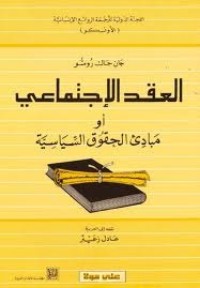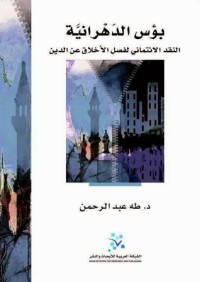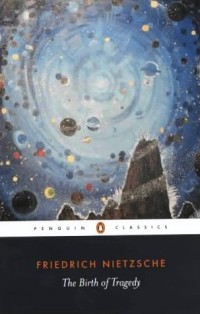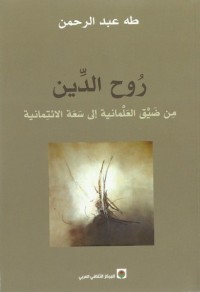
A 2nd papyrus was purchased in Egypt by a US missionary in 1890 & acquired by the British Museum later that year. The 1st edition by Frederic G. Kenyon was published in 1/1891. Editions of the Greek text in widest use today are Kenyon's Oxford Classical Text of 1920 & Mortimer H. Chambers' Teubner edition (1986, 2nd edition 1994).
Ancient accounts credit Aristotle with 170 Constitutions of various states. It's assumed these were research for the Politics & that many were drafted by students. Athens, however, was a particularly important state where he lived at the time. It's plausible Aristotle did one himself, possible it was intended as a model for the rest. If genuine, it's the only one of his extant writings actually intended for publication.
Because it supplys so much contemporary information previously unknown or unreliable, historians have claimed that "the discovery of this treatise constitutes almost a new epoch in Greek historical study." In particular, 21-22, 26.2-4 & 39-40 contain factual information not found in other extant texts.
A 2nd papyrus was purchased in Egypt by a US missionary in 1890 & acquired by the British Museum later that year. The 1st edition by Frederic G. Kenyon was published in 1/1891. Editions of the Greek text in widest use today are Kenyon's Oxford Classical Text of 1920 & Mortimer H. Chambers' Teubner edition (1986, 2nd edition 1994).
Ancient accounts credit Aristotle with 170 Constitutions of various states. It's assumed these were research for the Politics & that many were drafted by students. Athens, however, was a particularly important state where he lived at the time. It's plausible Aristotle did one himself, possible it was intended as a model for the rest. If genuine, it's the only one of his extant writings actually intended for publication.
Because it supplys so much contemporary information previously unknown or unreliable, historians have claimed that "the discovery of this treatise constitutes almost a new epoch in Greek historical study." In particular, 21-22, 26.2-4 & 39-40 contain factual information not found in other extant texts.























